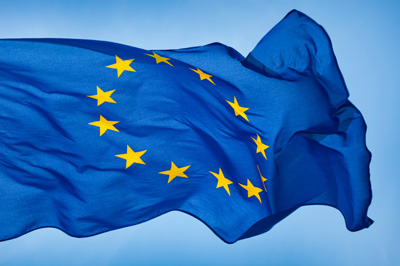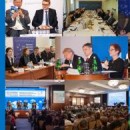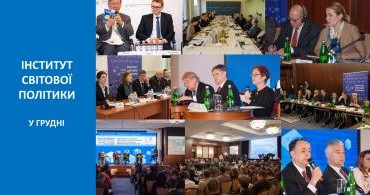On May 12, 2016, Institute of World Policy organized a workshop, dedicated to analysis of the communication strategies used in Ukraine in order to increase public awareness on the Association Agreement and DCFTA.The special focus was made on the information campaigns initiated by government institutions, NGOs, and the media. The event was attended by representatives of the government, non-governmental organizations, embassies, business, academia and media. During the workshop the preliminary results of the ongoing research were discussed. Besides, the discussants defined steps that the government and other stakeholders should take in order to develop effective communication strategies and conduct an efficient information campaign on the implementation of the Association Agreement and DCFTA.
Questions for discussion:
– Does Ukraine need a communication strategy on implementing AA and DCFTA, and if yes, what should it be?
– What should be the focus of strategy developers: further increase of awareness on European integration, or development of sector-oriented strategies?
– Identification of the strategy’s target audience(s)
– Mechanisms to deliver information and ways to improve the effective strategy implementation
taking into account already gained experience
– How to achieve synergy in delivering information on AA and DCFTA by different actors?
– Involving Ukrainian business into financing of the projects aimed at informing SMEs on terms and conditions of entering European markets, and the implementation of the FTA
– Prospects for the coordination of activities conducted by government representatives, NGOs, businessmen, donor organizations, and the media within strategy implementation, as well as monitoring of public opinion on European integration
At the begining Olena Betlii, IWP research fellow, told about the project and presented preliminary results of her research on the communication strategies used in Ukraine.
Her presentation (in Ukrainian) is available here.
{4}
{2}
Mykola Kuzio, Deputy Director of the Government Office for European Integration
{3}
David Stulik, spokesperson of the EU Delegation to Ukraine
{8}
Sergii Sydorenko, chief editor, “Yevropeyska Pravda
{9}
Maria Holub, advocacy coordinator, “Stronger together” information campaign
{7}
{6}
The participants of the workshop agreed that Ukrainian government with the help of other stakeholders should elaborate and implement a coherent communication strategy based on deep situation analysis, thoughtfully defined target groups, appropriate messages and activities, real budget.
It was stressed that effective cooperation of governmental and non-governmental actors, Ukrainian and European institutions involved into the process of “Communicating Europe” in Ukraine is highly needed. Plus, the discussants approved the idea that people-to-people contacts are very important part in communication process and that the most successful stories of the eurointegration process are the best way of AA and DCFTA popularization in Ukraine.
The only unresolved problem of the discussion remained on how to encourage business to support communication activities on the EU topics through social entrepreneurship projects.
Finally, the event appeared to become a good step towards network creation in communication sphere.
The event was organized within the project “V4 Supporting Communication Strategy of Moldova, Georgia and Ukraine on implementing AA and DCFTA”, which is led by the Foreign Policy Association of Moldova and supported by the International Visegrad Fund.
The final stage of the project in November 2016 will be presentation of the analytical report, taking into account Ukrainian realities and positive experience of the Visegrad Group countries in communicating European integration and proposing detailed recommendations to improve communication strategy for Ukraine.
The opinions expressed during the events/publications are those of the participants/authors and do not necessarily reflect the views of the International Visegrad Fund.
More information about the project can be found on the project website: www.communicating-europe.ape.md




Comments theme
Comments themeComments themeComments themeComments themeComments themeComments themeComments themeComments themeComments themeComments themeComments themeComments themeComments themeComments themeComments themeComments themeComments themeComments themeComments themeComments.